Battle Cry of Freedom
"McPherson handles all... with a beautifully organized, compelling narrative and prose whose occasional leap into modern ebullience SHOULD CAPTIVATE A NEW GENERATION OF CIVIL WAR READERS."
Chicago Tribune
"THIS IS AN EPIC STORY TOLD IN EPIC STYLE, written in clear, luminous prose.... a zesty, meaty intellectual feast that will nourish and satisfy the reader."
The Houston Post
"Exhaustively researched, written with skill and assurance.... THIS BOOK MAY NOT BE SUPERSEDED IN OUR TIME."
Newsday
"ONE OF THE BEST BOOKS ON [THE] SUBJECT.... McPherson combines fine scholarship with a clear writing style and a sense for dramatic narrative."
The Grand Rapids Press
"BREATHES NEW LIFE INTO WHAT IT ALL MEANS.... McPherson weaves together a story that makes the legends and the ideologies seem like fresh material, worthy of fresh thinking."
Richmond Times-Dispatch
Other books by James M. McPherson
The Struggle for Equality: Abolitionists and the Negro in the Civil War and Reconstruction
The Negro's Civil War
Marching Toward Freedom: The Negro in the Civil War
Blacks in America: Bibliographical Essays (with others)
The Abolitionist Legacy: From Reconstruction to the NAACP
Region, Race, and Reconstruction: Essays in Honor of C. Vann Woodward (coeditor)
Ordeal by Fire: The Civil War and Reconstruction
BATTLE CRY OF FREEDOM
The Civil War Era
JAMES M. McPHERSON


Oxford New York
Auckland Bangkok Buenos Aires
Cape Town Chennai Dar es Salaam Delhi Hong Kong Istanbul
Karachi Kolkata Kuala Lumpur Madrid Melbourne Mexico City Mumbai
Nairobi S o Paulo Shanghai Taipei Tokyo Toronto
o Paulo Shanghai Taipei Tokyo Toronto
Copyright 1988 by Oxford University Press
First published by Oxford University Press, Inc., 1988
First issued as an Oxford University Press paperback, 2003
198 Madison Avenue, New York, New York 10016
www.oup.com
Oxford is a registered trademark of Oxford University Press
All rights reserved. No part of this publication may be reproduced, stored in a retrieval system, or transmitted, in any form or by any means, electronic, mechanical, photocopying, recording, or otherwise, without the prior permission of Oxford University Press.
Library of Congress Cataloging-in-Publication Data
McPherson, James M.
Battle cry freedom.
(The Oxford history of the United States; v. 6)
Bibliography: p. Includes index
ISBN: 978-0-19-503863-7 / 978-0-19-516895-2 pbk
1. United StatesHistoryCivil War, 18611865Campaigns.
2. United StatesHistoryCivil War, 18611865.
I. Title.
II. Series.
E173.094 vol. 6 [E470]
973.7'3 87-11045
9 8
Printed in the United States of America
To Vann and Willie
and to the
memory of
Glenn and Bill
Who introduced me to the world
of history and academia in the
good old days at Hopkins
BATTLE CRY OF FREEDOM
The original words and music of this sprightly song were written in the summer of 1862 by George F. Root, one of the North's leading Civil War composers. So catchy was the tune that southern composer H. L. Schreiner and lyricist W. H. Barnes adapted it for the Confederacy. The different versions became popular on both sides of the Mason-Dixon line. Reproduced here are Verse 3 and the Chorus of each version.

Preface
Both sides in the American Civil War professed to be fighting for freedom. The South, said Jefferson Davis in 1863, was "forced to take up arms to vindicate the political rights, the freedom, equality, and State sovereignty which were the heritage purchased by the blood of our revolutionary sires." But if the Confederacy succeeded in this endeavor, insisted Abraham Lincoln, it would destroy the Union "conceived in Liberty" by those revolutionary sires as "the last, best hope" for the preservation of republican freedoms in the world. "We must settle this question now," said Lincoln in 1861, "whether in a free government the minority have the right to break up the government whenever they choose."
Northern publicists ridiculed the Confederacy's claim to fight for freedom. "Their motto," declared poet and editor William Cullen Bryant, "is not liberty, but slavery." But the North did not at first fight to free the slaves. "I have no purpose, directly or indirectly, to interfere with slavery in the States where it exists," said Lincoln early in the conflict. The Union Congress overwhelmingly endorsed this position in July 1861. Within a year, however, both Lincoln and Congress decided to make emancipation of slaves in Confederate states a Union war policy. By the time of the Gettysburg Address, in November 1863, the North was fighting for a "new birth of freedom" to transform the Constitution written by the founding fathers, under which the United States had become the world's largest slaveholding country, into a charter of emancipation for a republic where, as the northern version of "The Battle Cry of Freedom" put it, "Not a man shall be a slave."
The multiple meanings of slavery and freedom, and how they dissolved and re-formed into new patterns in the crucible of war, constitute a central theme of this book. That same crucible fused the several states bound loosely in a federal Union under a weak central government into a new Nation forged by the fires of a war in which more Americans lost their lives than in all of the country's other wars combined.
Americans of the Civil War generation lived through an experience in which time and consciousness took on new dimensions. "These are fearfully critical, anxious days, in which the destinies of the continent for centuries will be decided," wrote one contemporary in a sentence typical of countless others that occur in Civil War diaries and letters. "The excitement of the war, & interest in its incidents, have absorbed everything else. We think and talk of nothing else," wrote Virginia's fire-eater Edmund Ruffin in August 1861, a remark echoed three days later by the Yankee sage Ralph Waldo Emerson: "The war... has assumed such huge proportions that it threatens to engulf us allno preoccupation can exclude it, & no hermitage hide us." The conflict "crowded into a few years the emotions of a lifetime," wrote a northern civilian in 1865. After Gettysburg, General George Meade told his wife that during the past ten days "I have lived as much as in the last thirty years." From faraway London, where he served his father as a private secretary at the American legation, young Henry Adams wondered "whether any of us will ever be able to live contented in times of peace and laziness. Our generation has been stirred up from its lowest layers and there is that in its history which will stamp every member of it until we are all in our graves. We cannot be commonplace.... One does every day and without a second thought, what at another time would be the event of a year, perhaps of a life." In 1882 Samuel Clemens found that the Civil War remained at the center of southern consciousness: it was "what A.D. is elsewhere; they date from it." This was scarcely surprising, wrote Twain, for the war had "uprooted institutions that were centuries old... transformed the social life of half the country, and wrought so profoundly upon the entire national character that the influence cannot be measured short of two or three generations."
Next page

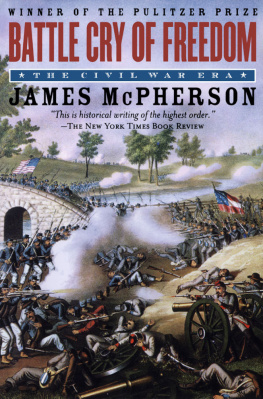

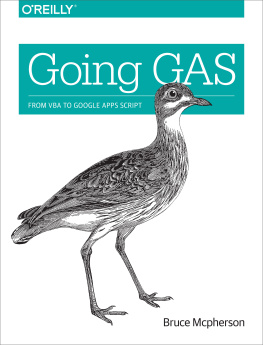
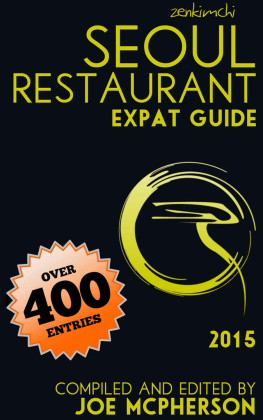


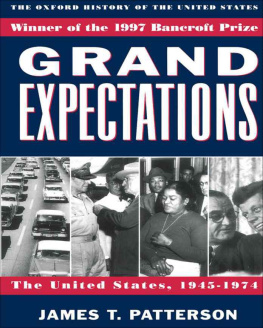

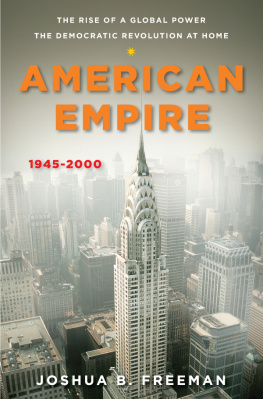
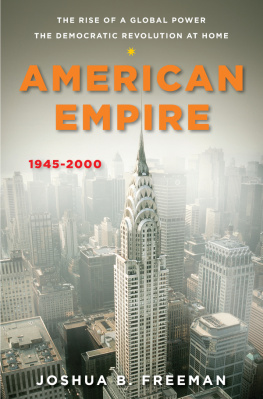
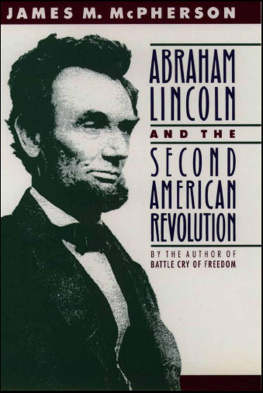

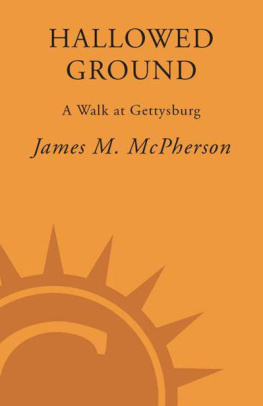


 o Paulo Shanghai Taipei Tokyo Toronto
o Paulo Shanghai Taipei Tokyo Toronto